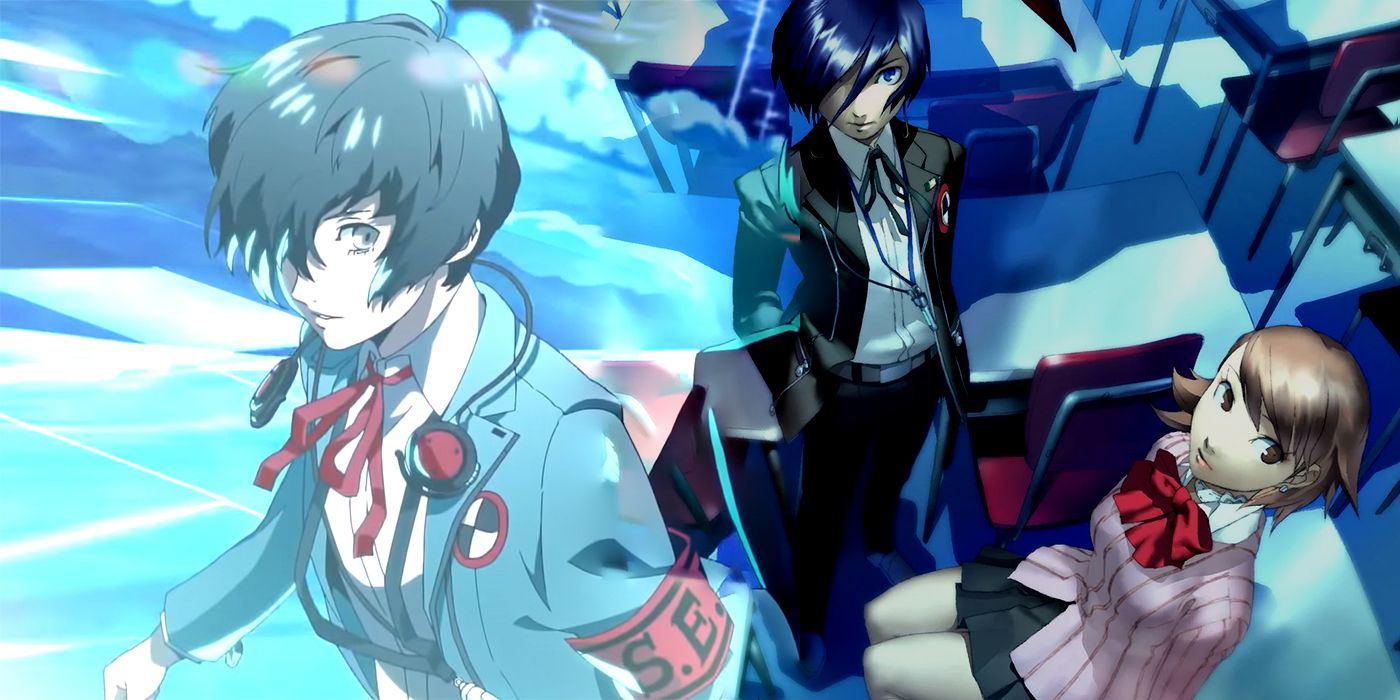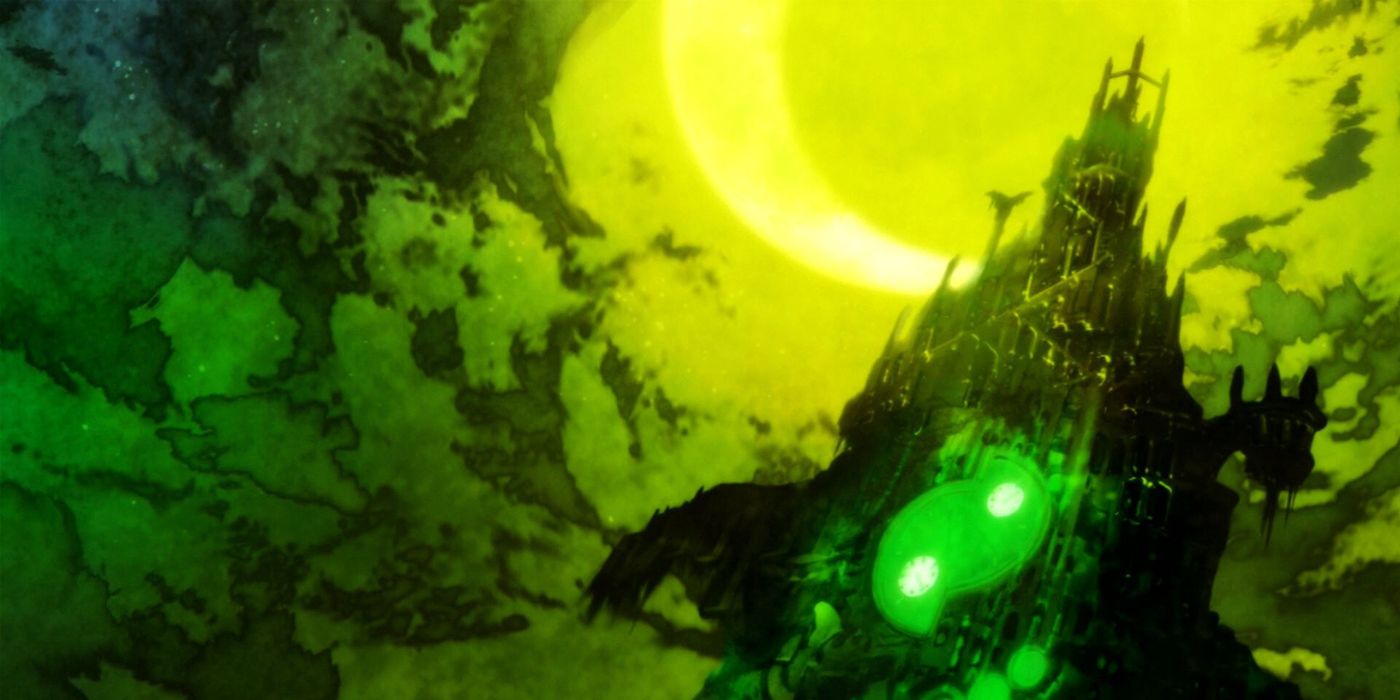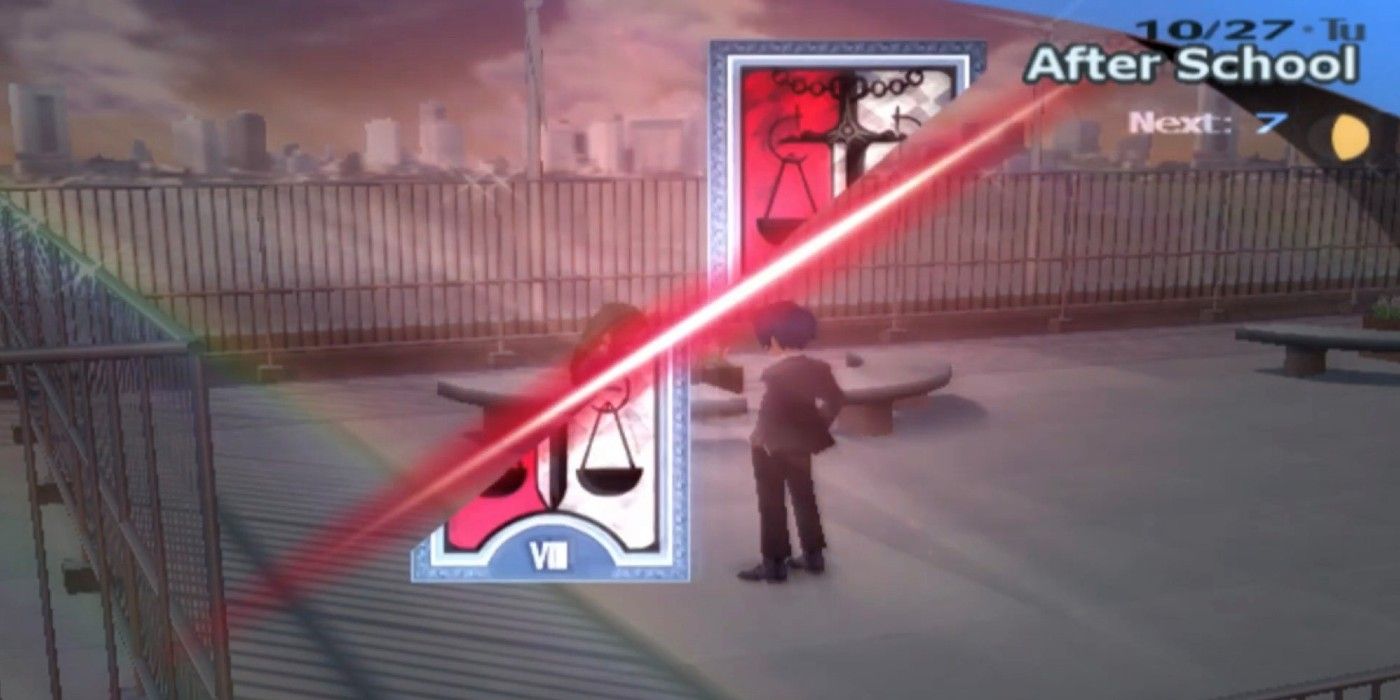Why You Might Want to Skip Persona 3 Until a Remaster/Remake

It's hard to argue whether or not a game is skippable, especially for a title as formative as one of the most iconic entries in the Persona series. As the game that kicked off the franchise's modern success, fans hold a lot of reverence for Persona 3 and its many iterations, for good reason. Venturing away from overt Shin Megami Tensei influence into the social simulator/JRPG dichotomy, the massive popularity of games like Persona 5 wouldn't have existed without the innovations of Persona 3. So much of the DNA of Persona 3 has persisted long after its release, but Persona 3 made a lot of experimental changes as well, some of which didn't quite land as well as others.
Even putting aside the fact that Persona 3's 15th anniversary is in 2021, and/or the assumption that a Persona 3 remaster/remake is coming, Persona 3 and Persona 3 FES haven't aged particularly well. For as much as the third entry innovated and established the unique traits that would go on to permeate throughout modern entries, not all of Persona 3's experimentation matches the quality of later games. Visually the game is easily comparable to Persona 4 Golden, and the game's narrative and thematic elements even supersede the heights of Persona 4's story, but that's not without drawbacks. Persona 3 is largely dated by its hit-or-miss gameplay systems.

One thing that's evolved drastically between Persona entries is the dungeon design, made especially evident in Persona 5 and Persona 5 Royal's dungeons. Tartarus in Persona 3 ushered in the procedural dungeon design that was iterated on in Persona 4 and Persona 5's Mementos dungeon. In Persona 3, Tartarus is almost always shuffling its layout as players enter the monolithic tower of shadows, with each floor randomly generating its layout based on that particular block. Aesthetically, Tartarus is beautifully disturbing, with each distinct block in the tower having its own dreadful or confusing aesthetic. However, the environments are the only variety in Tartarus.
Gameplay-wise, Tartarus can get very repetitive pretty quickly. Arguably the same criticism can be weighed at Persona 4, but at least the fourth game adds elements of interactivity within the TV world, like finding keys, activating certain portals or solving puzzles. Persona 5 was the first game to feature tailor-made dungeons for specific villains, which in turn made exploring Palaces far more interesting compared to Tartarus overall. Greater interactivity, even in the mildest form like Persona 4's light puzzle mechanics, would've made Tartarus that much more exciting to explore. Players really need to enjoy combat and grinding to enjoy the otherwise repetitive Tartarus.
Another very vocal criticism weighed against Persona 3 and Persona 3 FES, and something that was later rectified with Persona 3 Portable, is controllable party members. Unlike the previous two Persona battle systems, where players would dictate all actions in one turn, Persona 3 adopted a Final Fantasy-style battle system. The defining difference was that party members were strictly AI-controlled; only the protagonist could use specific attacks/actions, whereas certain "tactics" would have to be assigned to the rest of the battle party. The end result of that design decision would be largely functional, but frequently annoying and inconsistent in fights both tough and easy.
Fans of Persona 5, and even Persona 4 Golden, will find that adapting to this version of the modern Persona battle system can be a little frustrating. Eventually, players can get used to it, but the AI sometimes makes some very questionable decisions in battle. Pair that with inconsistent difficulty spikes throughout the many floors of Tartarus, and oftentimes players will be caught off-guard at every turn.
On the one hand, this unpredictability can emphasize a sense of vulnerability on the player when exploring Tartarus. On the other, it functionally makes moment-to-moment gameplay far more dangerous than necessary. Overall, it's a comparatively strange battle system that hasn't particularly aged well. Even outside of battle, lots of the menus for equipment and the typical party customization in later Persona games is comparatively limited, with persona skills and leveling up acting functioning automatically. It's not like Persona 4 onward, where players can adjust and trade skills every time a party member's persona levels up. Persona 3 is much more limiting.

However, the systems that show the most age in Persona 3 are the social simulator aspects, even if some features have aged surprisingly well in comparison to others. Players familiar with later Persona entries will find that social link progression, the calendar progression of time, and overall framework outside of dungeons is largely the same. The social simulator aspects introduced in Persona 3 were formative in making the series as popular as it has become today: Players spend their afternoons of free time however they please, whether that's ranking up confidants, raising the protagonists social stats, and/or shopping at the mall to gather supplies for Tartarus.
That being said, despite being very familiar, some of Persona 3's social barriers come at a very high cost. For one thing, players can't even start certain early-game social links without having max social attributes in knowledge, courage, and charm. Other social links are triggered in very specific ways, many of which are left ambiguous so that the player is meant to seemingly stumble upon them. The obscurity of it all basically makes it impossible to complete all social links in one brand new playthrough without new game plus. Side quests are virtually impossible to complete without guides, as they involve very specific timing in places players may never expect.
A sense of unpredictability and obscurity does evoke a certain level of charm for Persona 3, but for completionists, it's likely more of a pain than a positive. Especially for a Persona game, which boasts an 80-90 hour playtime, it can be especially frustrating knowing it's virtually impossible to see everything the game has to offer without a specific guide. Assuming Persona 3 does eventually receive a remake or a remastered version in 2021 for its 15th anniversary, patient fans should certainly wait until then. A lot about what makes Persona 3 special can potentially be marred by the game's experimentation and obscurity, and could be very jarring for Persona 4/5 fans.
Persona 3 originally released on July 13, 2006, on PS2.
 Reviewed by Unknown
on
March 19, 2021
Rating:
Reviewed by Unknown
on
March 19, 2021
Rating:

Post a Comment